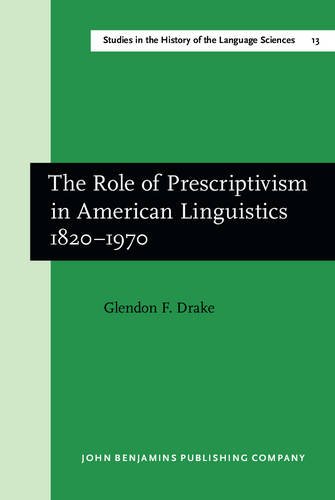Like emotivism, which it grew naturally out of in the 1950s, a form of speech act theory which analyzes value judgments and especially moral judgments, this time in terms of prescriptions.
When I tell you that lying is wrong I am telling you not to lie, though I am also committing myself not to lie, and to issue the same prescription (or at least issue none that conflicts with it) to anyone else; see also universalizability.
Prescriptivism contrasts with descriptivism, and shares many of the features of, and objections to, emotivism.
Source:
R M Hare, The Language of Morals (1952)
Table of Contents
Last update 2020-06-17. Price and product availability may change.










